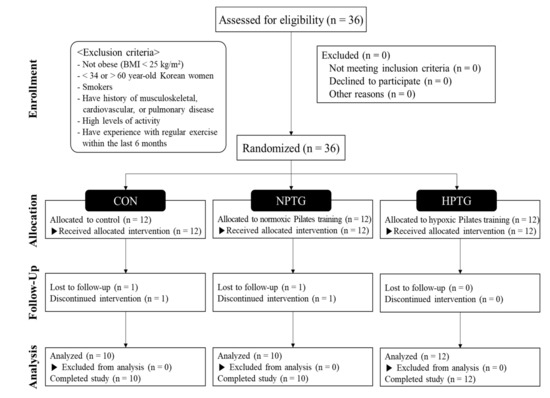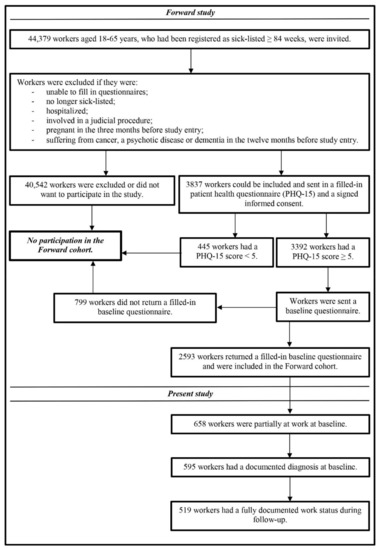1
Food Security and Safety Niche Area, Faculty of Natural and Agricultural Sciences, North-West University, Private Bag X2046, Mmabatho 2745, South Africa
2
Oyo State College of Agriculture and Technology, P.M.B. 10, Igboora, Oyo State, Nigeria
3
International Food Policy Research Institute (IFPRI), Oro-Ago Crescent Garki II, Abuja 901101, Nigeria
4
Economics Research Branch, Agri-Food and Biosciences Institute (AFBI), 18a Newforge Lane, Belfast BT9 5PX, UK
Int. J. Environ. Res. Public Health 2020, 17(19), 7188; https://doi.org/10.3390/ijerph17197188 - 1 Oct 2020
Cited by 25 | Viewed by 5070
Abstract
Safeguarding the environment and its citizens’ health remains one of the key policy priorities of the governments of many developing and emerging countries. Using the 2017 General Household Survey (GHS) dataset, this study examines the driving factors affecting households’ recycling behaviour and payment
[...] Read more.
Safeguarding the environment and its citizens’ health remains one of the key policy priorities of the governments of many developing and emerging countries. Using the 2017 General Household Survey (GHS) dataset, this study examines the driving factors affecting households’ recycling behaviour and payment for waste disposal in South Africa. The methods of data analysis were based on descriptive statistics and a Bivariate Probit regression model. The descriptive statistics results indicate that there are 56.29% male-headed and 43.71% female headed households, with an average age of 49 years. In addition, the study shows that 89.97% of household heads had formal education with a mean monthly income of 11,099.07 ZAR/650.504 USD. The study also revealed that 22% of the households sampled had access to social grants. The results from the Bivariate Probit regression model show that household’s income, access to social grants, formal educational attainment and the age of the household were significant (p < 0.01) driving factors affecting households’ recycling behaviour and payment for waste disposal. The study concludes that the households’ socio-economic factors affect their recycling behaviour and willingness to pay for waste management in South Africa. Actions targeted at poverty alleviation and environmental sensitization programmes are key for facilitating environmental conservation behaviours of households in South Africa in order to achieve the environmental sustainability Sustainable Development Goal (SDG) target of the United Nations.
Full article
(This article belongs to the Section Environmental Science and Engineering)
▼
Show Figures












